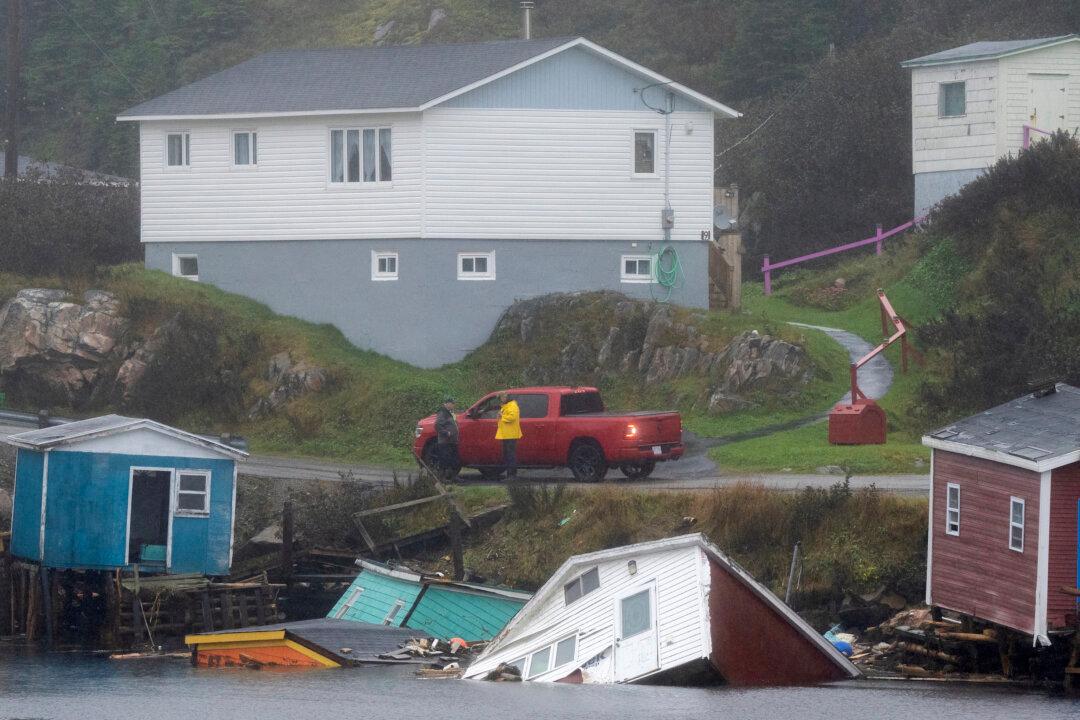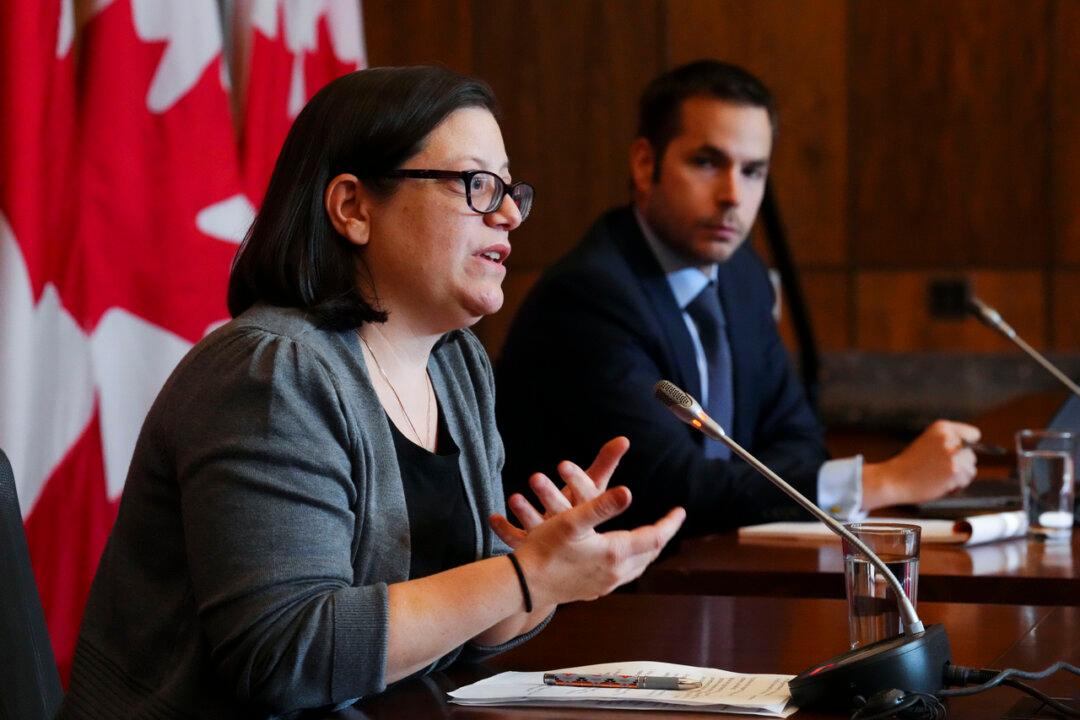Although estimations for property damage from Hurricane Fiona are just emerging, Maritime residents are looking ahead to determine how they will afford to pay for their losses, and many insurance companies do not cover storm surges.
DBRS Morningstar, a financial services company, said that Hurricane Fiona would cost an estimated $300 million to $700 million due to insured losses.





